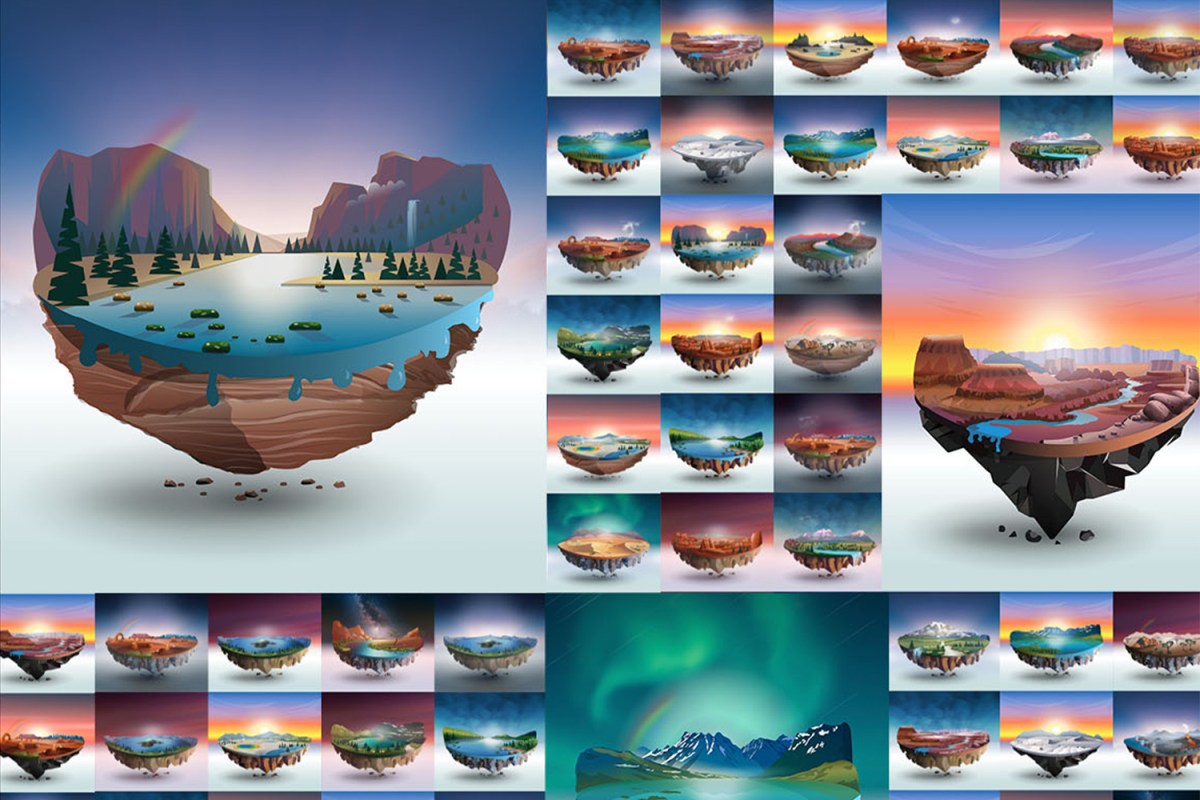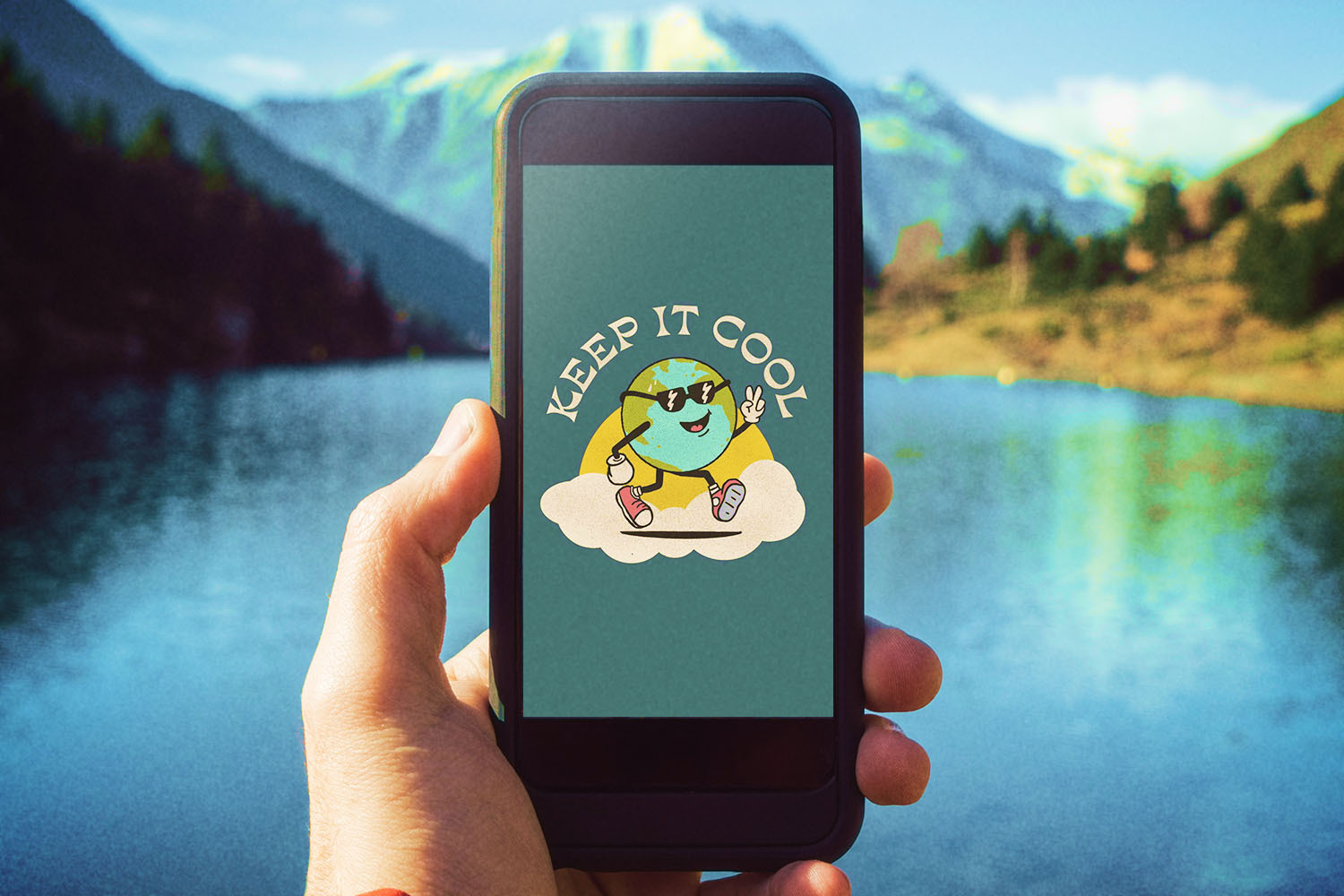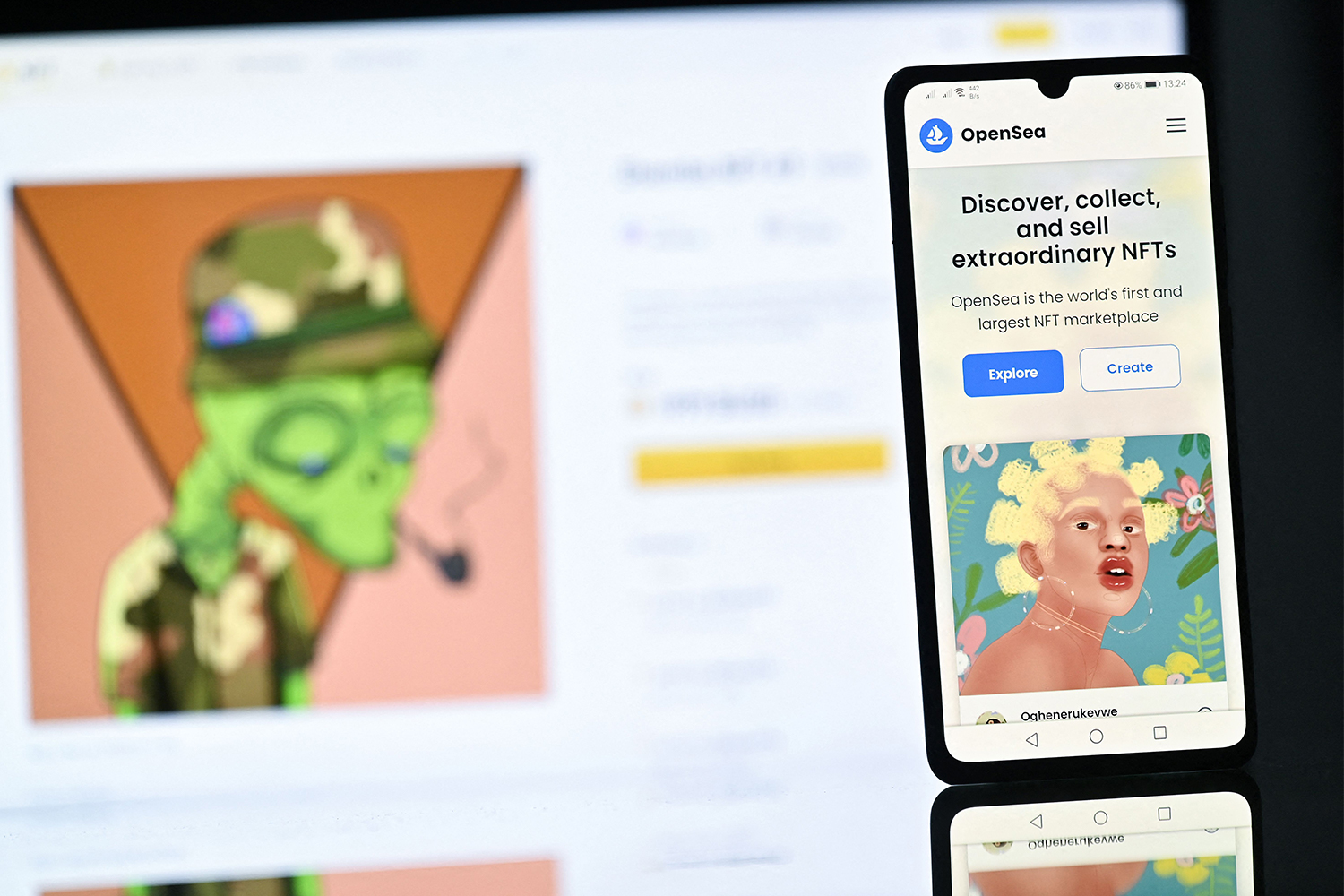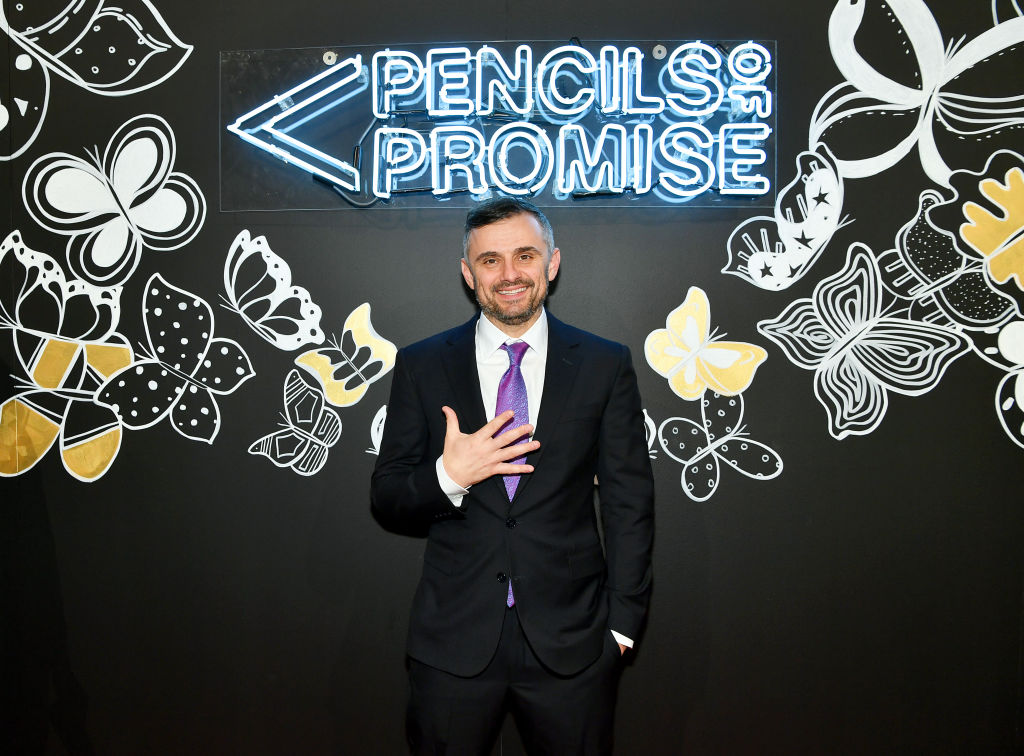Where do NFTs go next? As it stands, the non-fungible token arena has a big problem with fraud, especially among the blockchain-based units that are simply tied to digital art. But Mick Gow, a self-described NFT artist, designer and photographer, has a vision for tokens that offer up more utility, and potentially a healthy dose of environmentalism.
At the end of January, Gow launched National Park NFTs, a collection of 4,825 digital tokens, each depicting one of the 63 U.S. national parks. (The initiative is not affiliated with the National Park Service.) The NFTs reportedly sold out in seven minutes when they were officially released. Now, the plan is to reward the NFT buyers with “access to gear and experiences, while giving back to the parks,” per the website. As Mary Beth Skylis wrote at Backpacker, the mission-oriented part of the mission is contentious.
“National Park NFTs are currently reliant on Ethereum, which is both one of the most popular blockchains and among the least environmentally friendly,” Skylis said. “With greener alternatives available, some crypto-enthusiasts decry using it to support National Park NFTs.”
The Ethereum blockchain has a massive carbon footprint. While the Backpacker story cites a July article from Fortune that said a single Ethereum transaction, which includes minting (or creating) NFTs, uses the same amount of electricity as the average U.S. home does in five days, it’s actually worse than that now. According to Digiconomist, a website that estimates the energy usage of blockchain tech, a single Ethereum transaction now equates to 8.8 days of power. That’s what happens when more people use the Ethereum blockchain: more energy is spent, and there are more carbon emissions.
To counteract this, the National Park NFT club has a few high-minded goals, as Gow outlines in a blog. First, they’re donating money to the National Park Foundation; an initial fundraiser before the official NFT drop raised just under $12,000, and the group plans on donating more after the sale (I reached out to Gow to clarify how much would be donated and when, but didn’t immediately hear back). Second, Gow says they will purchase carbon offsets through the platform Offsetra in order to be carbon neutral.
As Skylis pointed out, there are blockchains that use less energy and are thus more environmentally friendly, so it would have been possible for the National Park NFTs to launch on one of those. The problem? Ethereum is the most popular avenue for NFTs, so Gow would have had a lower chance of selling all 4,825 tokens through a less popular platform.
“Switching to a carbon-neutral blockchain down the road is on the table, too,” wrote Skylis.
I reported on another environmentally-minded NFT drop in January and found there are many potential problems when buying into these platforms and asking questions later. For one, many NFT platforms have made big promises concerning their carbon emissions, only to push off action indefinitely. (Ethereum, in one case, has been working on a more energy efficient proof-of-stake model in earnest since 2020. It will theoretically be launched this year, but no date has been set.) Then there’s the case of carbon offsets, which some environmentalists see as a way to buy absolution for pollution. We found that an NFT drop from United By Blue through a platform called Nifty Gateway was promising offsets, but no one was actually buying them. So when someone promises your NFT is or will be carbon neutral, it’s best not to believe them without seeing documentation.
None of this is hampering the launch of these NFTs. In fact, they’ve got big plans for what’s next. “As success continues, and we prove our business model, we will be expanding beyond US National Parks to park systems across the world,” Gow wrote.
Thanks for reading InsideHook. Sign up for our daily newsletter and be in the know.

















